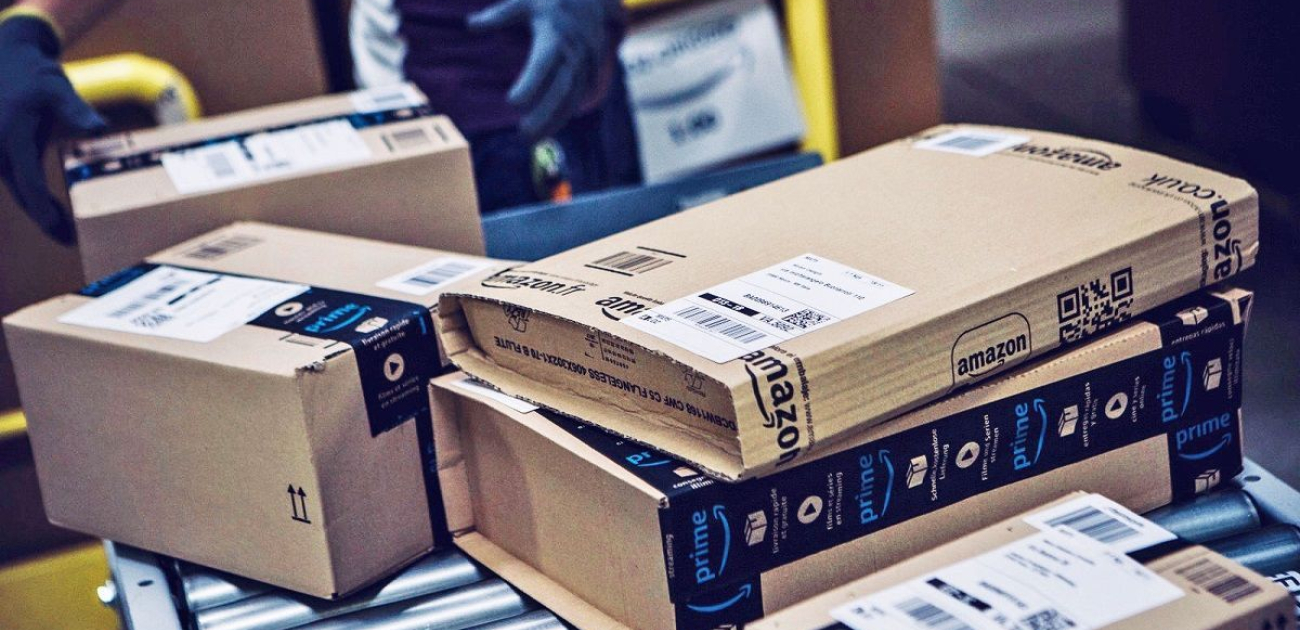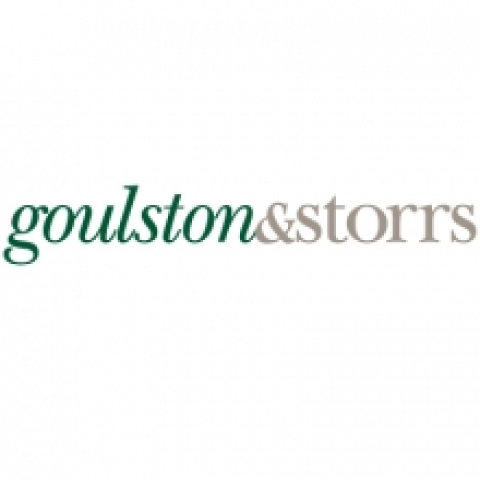Counterfeits in the Digital Marketplace
Counterfeiting has moved beyond high-priced luxury goods to low-cost everyday items. Many of these fake products pose real dangers: face masks with arsenic; phone adapters that can electrocute you; computer chargers that fry your hardware; batteries that blow up. These counterfeits infiltrate online marketplaces, where they co-mingle with authentic products in warehouses and ship to unsuspecting consumers. With millions of goods leaving fulfillment centers every day, brand owners and consumers must wrestle with a billion dollar problem: how do you police the largest marketplace in the world?
In January of this year, the U.S. Government Accountability Office filed a report detailing the results of a federal investigation in which 47 products were purchased from five online retailers, including Amazon and Walmart.com. All of the products were advertised as new, shipped from the United States, and sold by third-party sellers with customer ratings above 90%. Nearly half were counterfeit.
How does this happen? The five websites investigated have sizable “marketplaces,” virtual storefronts that let people other than the hosting company sell merchandise. For perspective, more than half of the goods sold on Amazon are from these third-party sellers. Anyone with an ID and a credit card can open a virtual storefront; few identifying details are required to set one up, and these details are regularly falsified. Since 2014, manufacturers from China (the world’s largest maker of counterfeit goods) have been able to sell directly to consumers in the Amazon Marketplace. In fulfillment centers, where products are picked up for packaging and shipment, goods from third-party sellers and goods direct from brand owners co-mingle. The resulting product pool is a mix of authentic and counterfeit goods, all sold as the same product and often for the same price.
Because of the way goods are sold and orders are processed, customers are unwittingly purchasing counterfeit goods online, sometimes with serious consequences. Brand owners are also suffering. Smaller companies, from the makers of phone chargers to kitchen apparel, allege that counterfeits are driving them out of business. When the counterfeit product breaks or malfunctions, buyers often post negative product reviews. As more customers receive counterfeit products, negative reviews proliferate, brand reputation declines and sales plummet.
Brand owners are left with few options. For smaller companies, leaving a site like Amazon means losing access to hundreds of millions of customers.
Larger companies have the resources to police the internet for counterfeit goods. Apple, for instance, has a team of specialists who investigate points of sale around the world and work to remove counterfeit products from the market. But even Apple has a hard time keeping up: during a nine-month period, the company purchased over 100 items sold as genuine Apple products on Amazon, and over 90% of them turned out to be fake. In the resulting lawsuit that Apple filed against the infringing wholesaler, Apple revealed its frustrationwith Amazon’s response to the problem, writing that Amazon initially took weeks to provide any information about how it came to be selling counterfeit Apple products or details about its source, sales or remaining inventory. “We are concerned that Amazon is not taking this issue seriously,” Apple’s attorney wrote.
Amazon maintains that it has a zero-tolerance policy for counterfeits and is investing in technology designed to weed out counterfeit goods, but is nevertheless being criticized for not doing enough. The company is currently fighting multiple lawsuits from brand owners alleging that it is complicit in rampant trademark infringement that has resulted in loss of consumer goodwill and sales revenue.
So far, brand owners have been largely unsuccessful in their pursuit of a legal remedy to the online counterfeiting problem. But if online retailers aren’t responsible for the counterfeit goods they sell, then who is? And what are we to do about it? Brand owners may be limited in their ability to push back against the weight of counterfeit goods, but consumers could advocate for change by withholding their cash. If half of the goods we put in our carts are counterfeits (leaving us at best in need of a refund, and at worst with a burning hole where our house used to be, or an infection from counterfeit lipgloss, or vision loss from counterfeit solar eclipse glasses), then why are we clicking to begin with?
Do you want more information?
 Andrew J. FerrenIntellectual property advice, commercial agreements, and technology transfer and licensing matters are the focus of Andy Ferren’s practice. Andy handles a wide range of business matters for established and emerging companies, non-profit organizations, closely-held businesses, and individual entrepreneurs. Additionally, he helps to coordinate the firm’s trademark and copyright practices.
Andrew J. FerrenIntellectual property advice, commercial agreements, and technology transfer and licensing matters are the focus of Andy Ferren’s practice. Andy handles a wide range of business matters for established and emerging companies, non-profit organizations, closely-held businesses, and individual entrepreneurs. Additionally, he helps to coordinate the firm’s trademark and copyright practices.
